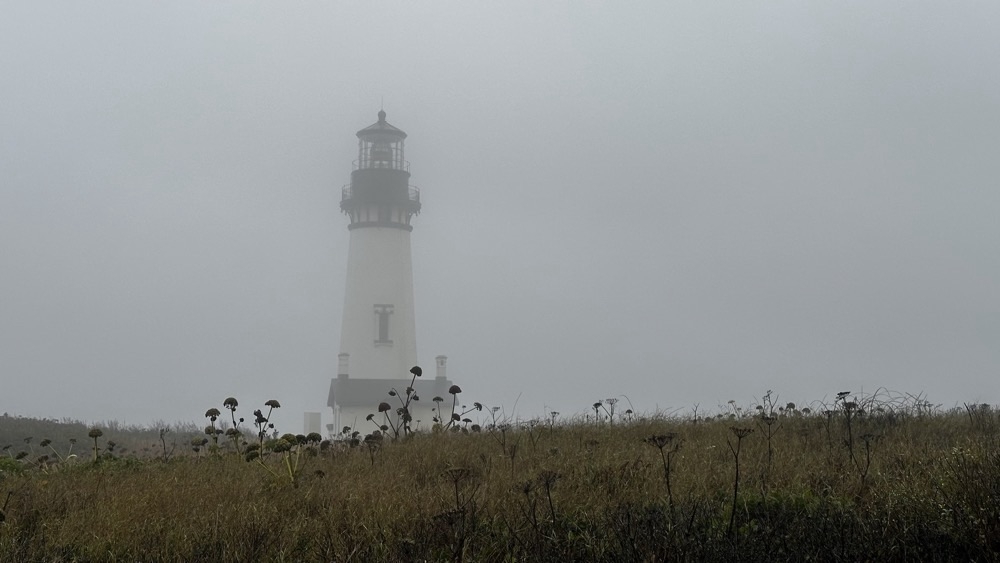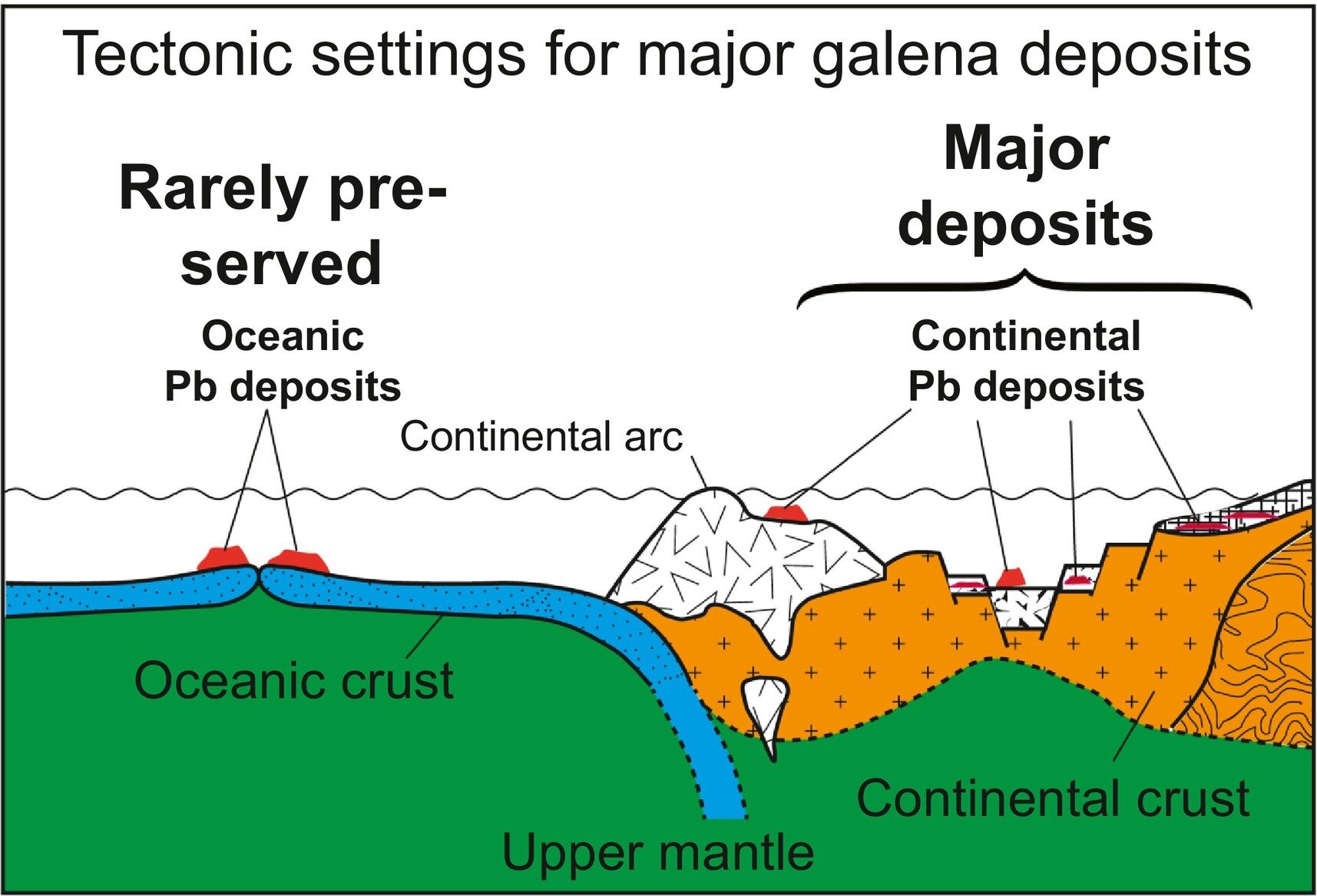Geology
Please do not explore the evacuated locations and currently bare riverbed as you could be swept away without any prior warning --- ### Evacuation and Affected Locations Country: Canada Province: BC Local Regions: Chilcotin River, Fraser River --- ### Additional Sources - [EmergencyInfoBC](https://www.emergencyinfobc.gov.bc.ca/event/31july24a/) - [Globalnews.ca](https://globalnews.ca/news/10675131/chilcotin-river-landslide-latest/) - [CTV News Vancouver](https://bc.ctvnews.ca/b-c-preparing-for-worst-case-scenario-if-landslide-caused-dam-in-chilcotin-river-gives-way-1.6986355)

Geology Hub: https://www.youtube.com/watch?v=LoRx-tUzbjw Interesting description of the 3 phases involved when such deep mantle earthquakes have a theoretical limit of 3.8 magnitude.
Geology Professor Shawn Wilsey on location with a twisted slate rock unit in Idaho. (8:12 minutes) https://en.wikipedia.org/wiki/Foliation_(geology) Foliation with slatey cleavage perpendicular to bedding - Giggity Giggity
 ingallswx.com
ingallswx.com
Some background on the earthquake swarm off the Vancouver Island coast.

These look to me like regular intrusive iron rich veins. Boulder is about 1m across, and sandstone/mudstone, area is volcanic. I am not a geologist.. any ideas?
Brand new amateur collector here, I have a piece of a rock that im trying to identify that is covered in what seems to be iron, which is hiding this bright blue rock ive never seen before, however the rock is full of bubbles and is extremely jagged, is there a way to examine and polish without harming the shape

cross-posted from: https://lemmy.ca/post/14740589 > high arctic desert. Yes there's water, but no real vegetation.

cross-posted from: https://lemmy.ca/post/13425339 > Sauce: https://www.uahirise.org/ESP_076510_2230

Source: https://xkcd.com/2501/ Alt text: "How could anyone consider themselves a well-rounded adult without a basic understanding of silicate geochemistry? Silicates are everywhere! It's hard to throw a rock without throwing one!"

‐-----------------------‐-update 11-11‐---------------------- After more research and some lucky talks I believe this to be epidote from tailings out of the [Wolverine Mine](https://www.mindat.org/loc-12704.html), a few miles from where I found these pieces. ‐-----------------------‐-original post------------------------ Was rock hounding on the southern shore of Lake Superior. Found these green crystal deposits that formed like geodes, specimens are small, the largest is about the size of a corn kernel. A local said it could be chlorasolite but I don't think it matches based on color and clarity. Any thoughts would be appreciated!
 phys.org
phys.org
Geologists have long known that around 155 million years ago, a 5,000 km long piece of continent broke off western Australia and drifted away. They can see that by the 'void' it left behind: a basin hidden deep below the ocean known as the Argo Abyssal Plain. The underwater feature also lends its name to the newly formed continent: Argoland. The structure of the seafloor shows that this continent must have drifted off to the northwest, and must have ended up where the islands of Southeast Asia are located today.
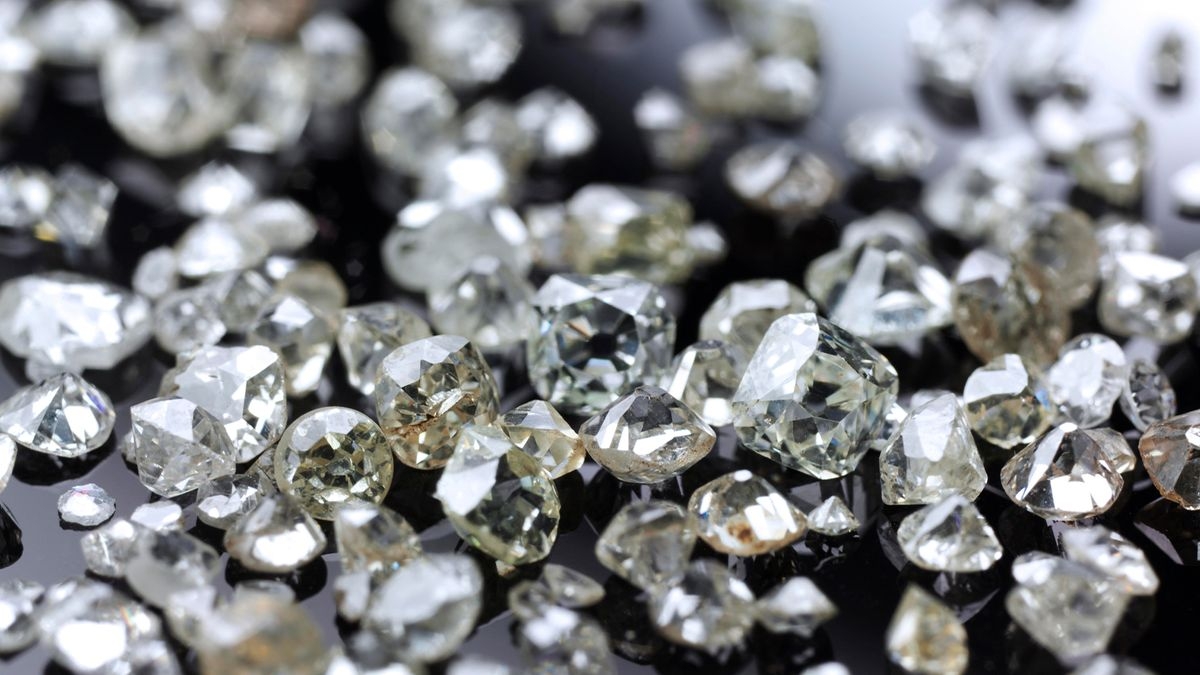 www.livescience.com
www.livescience.com
How diamonds form still isn't entirely understood, but laboratory experiments show that the gemstones crystallize only under extreme pressures. Most naturally occurring stones have been traced to the upper mantle, at depths between 93 and 186 miles (150 to 300 km), where pressures can reach beyond 20,000 atmospheres. For a long time, this put diamonds in competition with a gem called peridot for the title of deepest-occurring gemstone. Peridot is the gem form of a mineral called olivine that makes up more than half of the upper mantle, which extends from the base of the crust down to 255 miles (410 km). But in 2016, scientists described a collection of superdeep diamonds sourced from around 410 miles (660 km), and another batch in 2021 was determined to come from a depth of 466 miles (750 km).
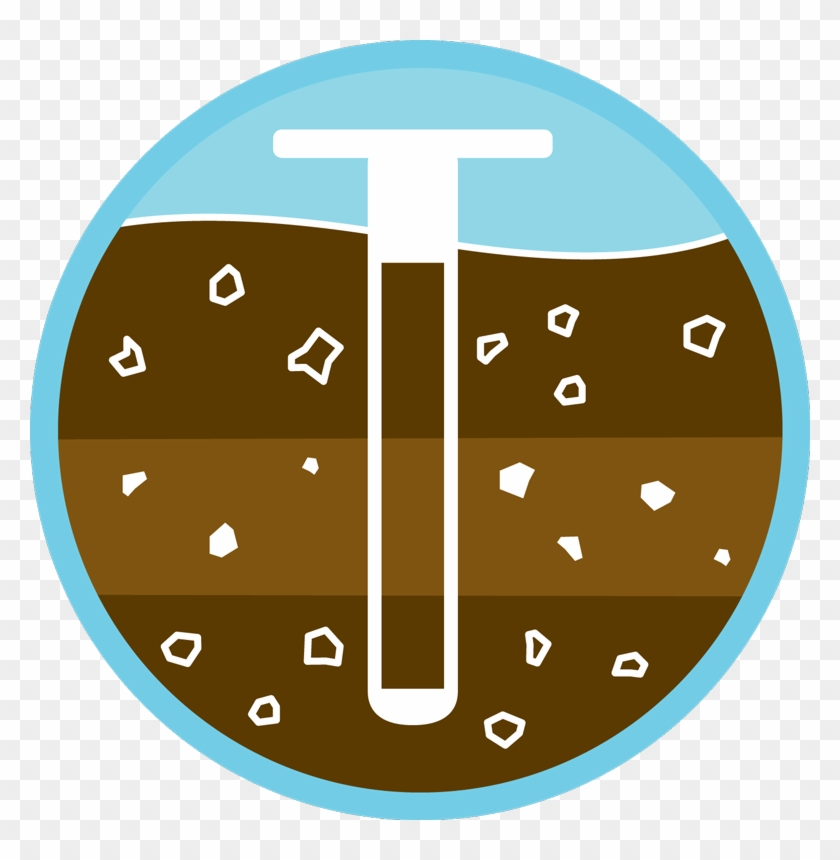 slrpnk.net
slrpnk.net
cross-posted from: https://mander.xyz/post/2703469 > cross-posted from: https://mander.xyz/post/2703465 > > > cross-posted from: https://mander.xyz/post/2702615 > > > > > One stop shop for for all of your pedology needs and dank soil compass memes. > > > > > > [!soilscience@slrpnk.net](https://slrpnk.net/c/soilscience) > > > [/c/soilscience@slrpnk.net](/c/soilscience@slrpnk.net)
 www.winnipegfreepress.com
www.winnipegfreepress.com
cross-posted from: https://lemmy.ca/post/1673900 > [Non-Paywall Article](https://archive.ph/JrpMs)

Impact melt breccia (grey) and upthrust rocks (brown). The breccia is interesting because the melt was a carbonate. So it's sort of like a carbonatite lava.
Does Arizona and Australia share the same rock formation layers? I was watching a TV show and a lot of the Australian landscaped looked very red and similar to Sedona Arizona. Do they share the same layers?
Fallout layer due to first nuclear test as horizon marker, among others
 www.irishtimes.com
www.irishtimes.com
> Thompson was one of the first women to achieve distinction in the study of geology

I have been working on cataloging, organizing, and photographing the micromount collection that was made for my grandfather by Don Cooke. This is a nice little (well every specimen in this collection is little) Brochantite from Eureka, Utah. The main crystal is about 2mm long. More images of the specimen can be found here: https://imgur.com/a/QGUqBfM I will try and share some more images of the collection in the next few days.
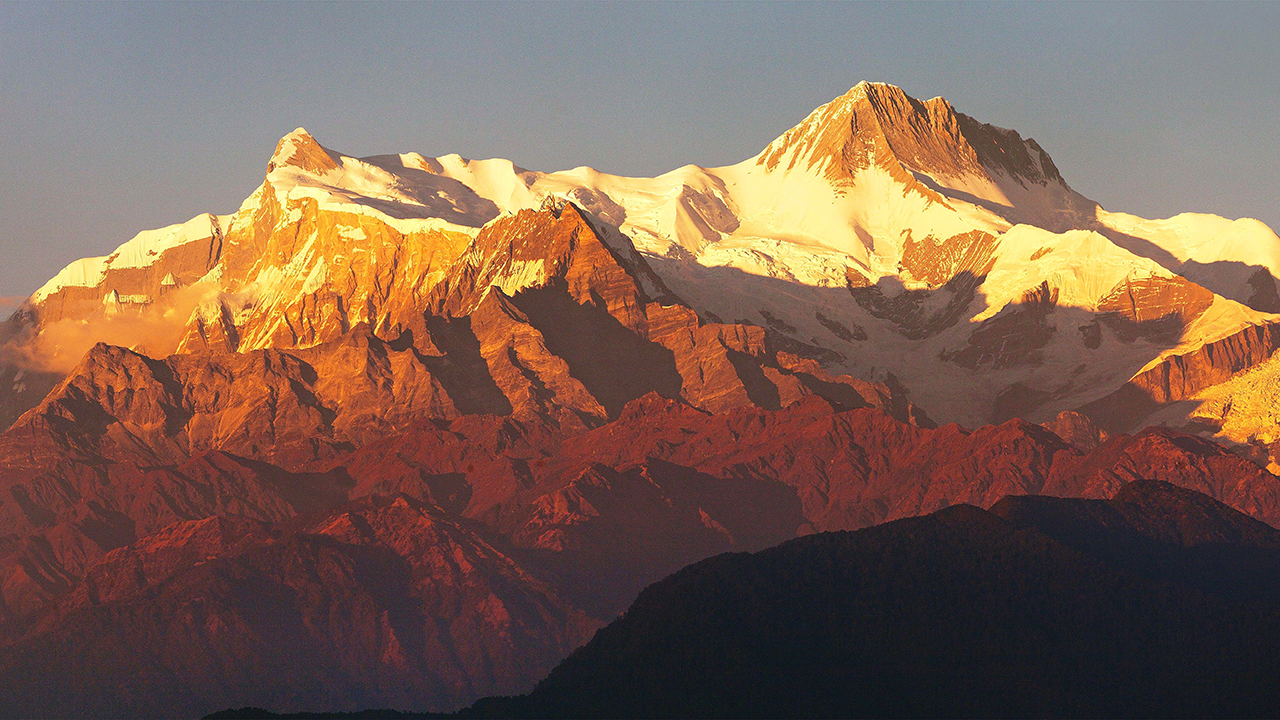 www.economist.com
www.economist.com
Enough rock fell off a Himalayan peak to bury Paris to the height of the Eiffel Tower https://archive.is/oO0dC
